The Army profession is a unique vocation of experts who are entrusted to defend the Constitution and the rights and interests of the American people. More than an indication of pay grade, Army ranks provide a system of leadership that indicates a Soldier's level of expertise, responsibility and authority inside that profession. Regardless of rank, every Soldier has a significant role in the total Army mission.
The Army profession is a unique vocation of experts who are entrusted to defend the Constitution and the rights and interests of the American people. More than an indication of pay grade, Army ranks provide a system of leadership that indicates a Soldier's level of expertise, responsibility and authority inside that profession. Regardless of rank, every Soldier has a significant role in the total Army mission.
Julius W. Gates, Eighth Sergeant Major of the Army
Enlisted Soldiers are the backbone of the Army. They have specific specialties within an Army unit, perform specific job functions and have the knowledge that ensures the success of their unit's current mission within the Army.
The adaptive technical expert, combat leader, trainer, and advisor. Through progressive levels of expertise in assignments, training, and education, the warrant officer administers, manages, maintains, operates and integrates systems and equipment across the full spectrum of operations.
Commissioned officers are the managers, problem solvers, key influencers and planners who lead enlisted Soldiers in all situations. They plan missions, give orders and assign Soldiers tasks.

The U.S. Army is the largest branch of service with a greater variety of units than the other services, each with a different organization and purpose. Therefore, the Army provides the combatant commander with an interlocking array of higher headquarters trained and equipped to apply landpower from the theater level, through the operational level, and down to the tactical employment of various brigades, groups, and battalions. Together the theater Army, corps, and division give the combatant commander several options necessary for the employment of landpower in an interdependent joint force.
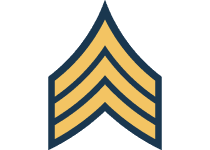
The smallest element in the Army organizational structure.
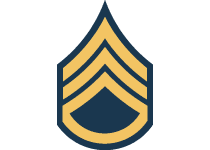
The second smallest element in the Army organizational structure. Its size is dependent on its function.
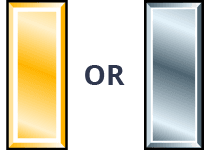
A basic combat unit capable of maneuvering in the conduct of combat operations.

A cohesive tactical sized unit that can perform a battlefield function on its own. It is capable of receiving and controlling additional combat, combat support or combat service support elements to enhance its mission capability.
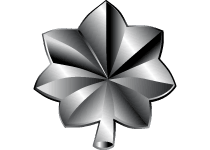
A unit that is both tactically and administratively self-sufficient.
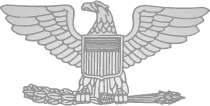
A significantly large unit that can be employed on independent or semi-independent operations.

Performs major tactical operations and conduct sustained battles and engagements.

The deployable level of command required to synchronize and sustain combat operations and provides the framework for multinational operations.